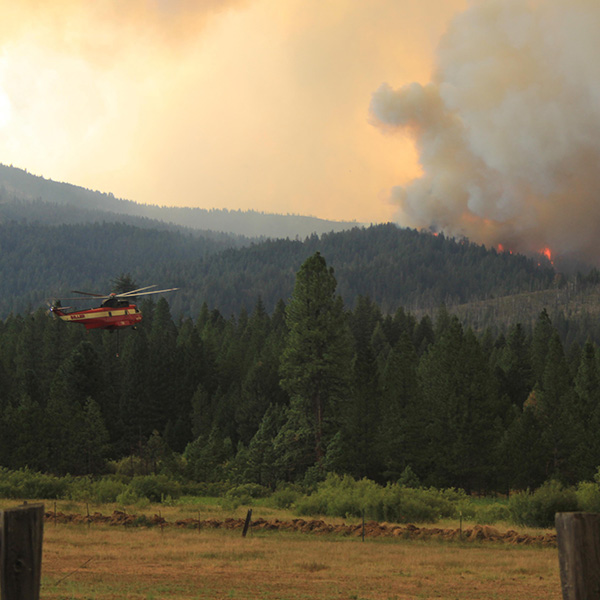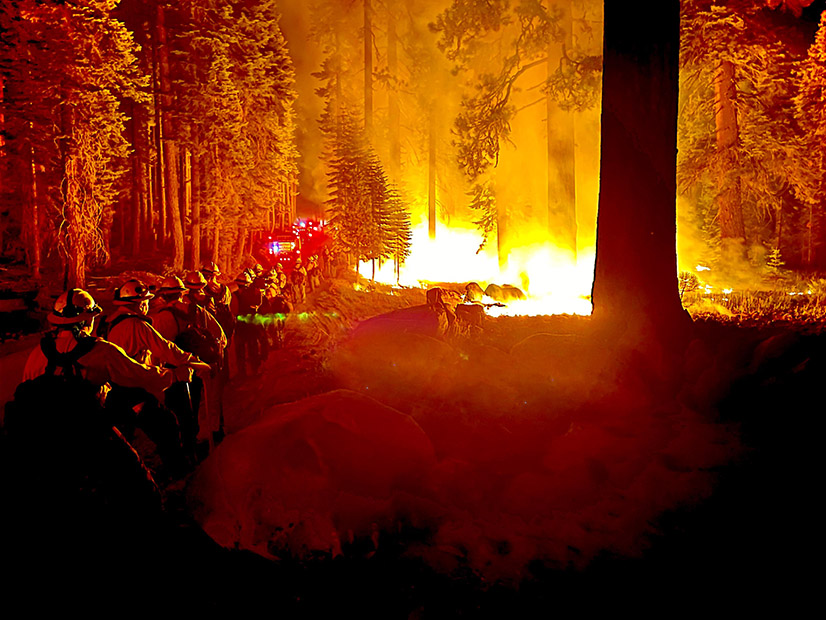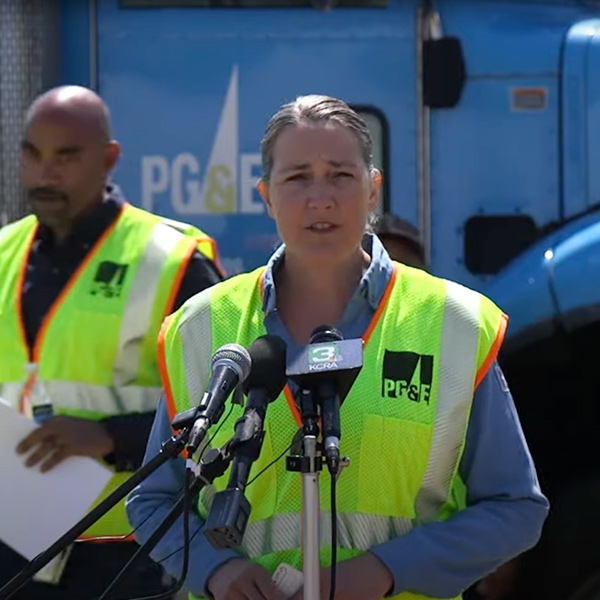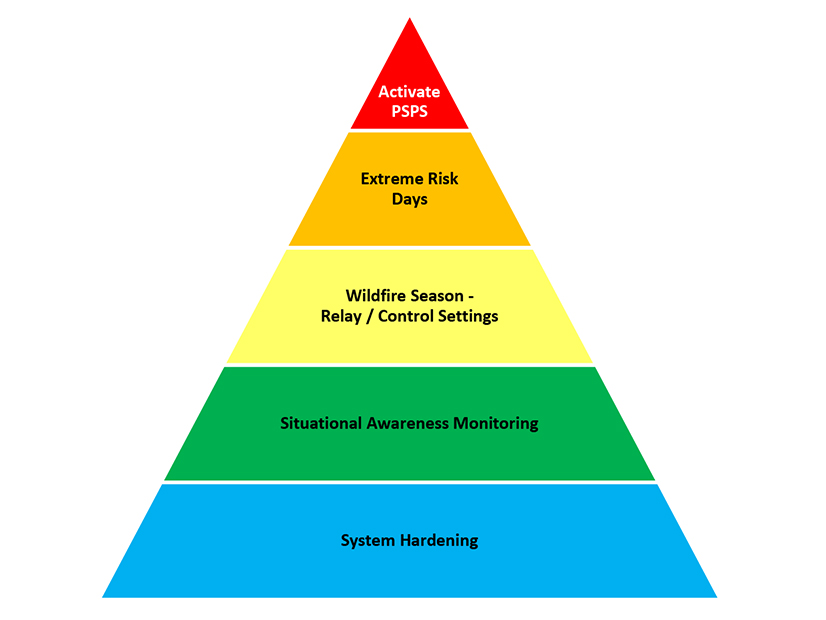Public Safety Power Shutoffs (PSPS)
PG&E could face additional oversight and enforcement if it fails to meet new safety metrics adopted by the California Public Utilities Commission.
PG&E said in its Q3 report that it expects a $1.15 billion loss from the massive Dixie Fire this summer and has been subpoenaed by federal prosecutors.
PG&E de-energized power lines in California as high winds and drought raised the risk of wildfires, but it was able to keep its latest PSPS more limited.
California regulators ordered PG&E to hire an independent safety monitor for five years, rejecting the utility’s request for a shorter period of oversight.
The near shutdown of the California-Oregon Intertie by a wildfire renewed concerns about the vulnerability of major transmission pathways.
PG&E said the Dixie Fire burning in Northern California could hurt its finances but denied it committed crimes in starting last year’s deadly Zogg Fire.
“Public purpose” microgrids are struggling because of high costs and the lack of a widely accepted resilience metric, speakers told NARUC.
PG&E proposed burying 10,000 miles of distribution lines underground in high-threat fire areas of California.
Utility wildfire experts told WECC that another expected year of hot, dry weather will increase the danger of major fires in the West.
BPA will this summer join the ranks of Western transmission providers adopting a public safety power shutoff plan to prevent wildfires.
Want more? Advanced Search









